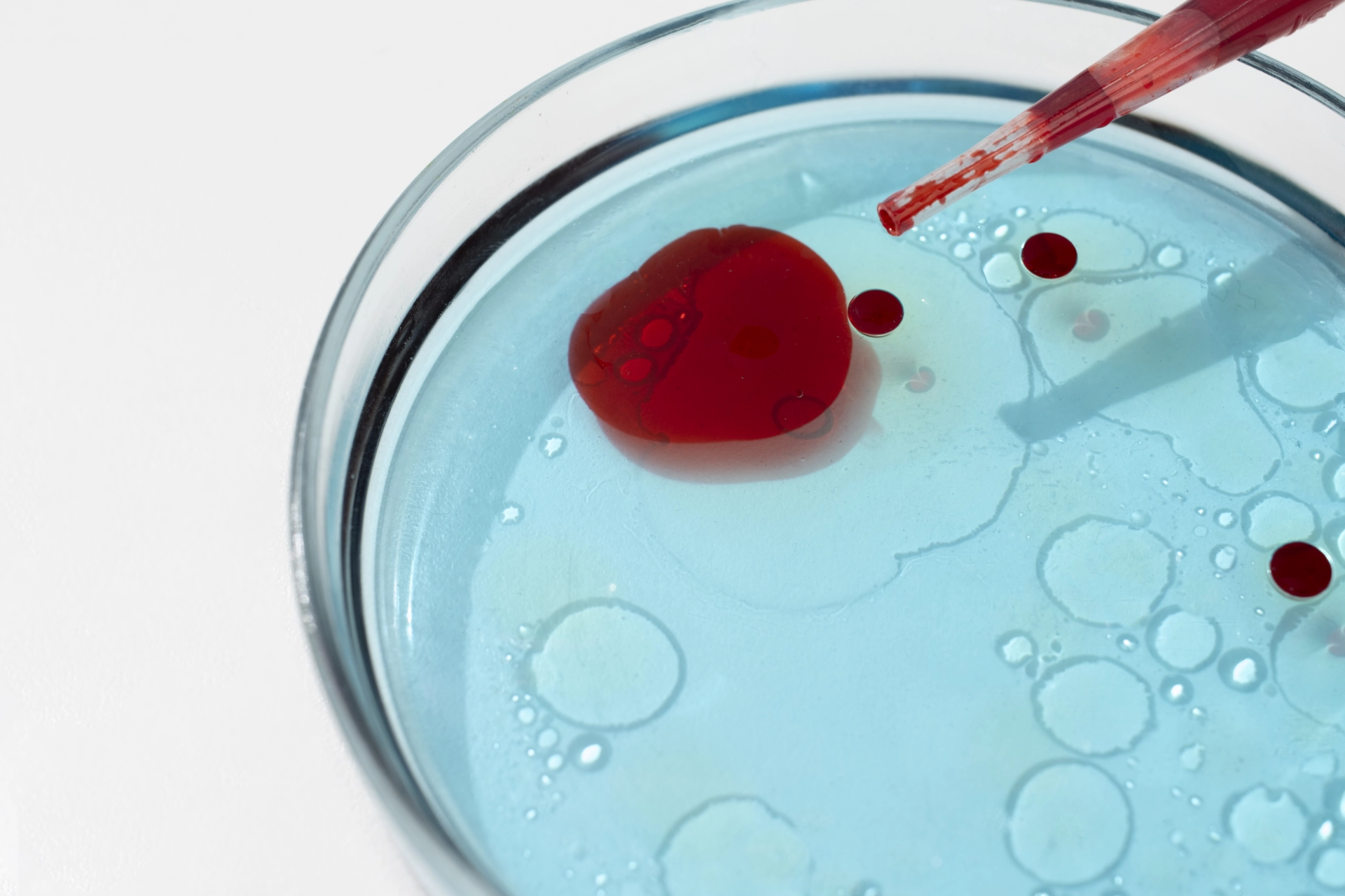Botulism is a rare but serious infectious disease caused by the bacterium
Clostridium botulinum
. The danger comes from the powerful toxin it produces. This poison blocks the function of the nervous system, leads to paralysis, and can be fatal if medical help is not provided in time.
There are several main forms of the disease. The most common is the
foodborne form
, which develops after consuming contaminated food. Wound botulism
occurs when bacterial spores enter a wound and multiply. Infant botulism
affects children under one year old when spores begin to grow in the intestines. Less frequent variants include intestinal colonization
in adults, iatrogenic botulism following medical procedures, and the extremely rare inhalational botulism.
Symptoms and Causes
The first symptoms are often linked to vision problems: double vision, blurred sight, and dilated pupils. Soon after, droopy eyelids, dry mouth, difficulty swallowing, and slurred speech may appear. As the toxin spreads, muscle weakness develops along with digestive and respiratory difficulties. The most dangerous complication is paralysis of the respiratory muscles.
Symptoms depend on the type of botulism:
•
Foodborne botulism
: abdominal pain, nausea, vomiting, bloating, constipation, visual disturbances, and general weakness.
•
Wound botulism
: gradual onset (1–3 weeks), localized weakness near the wound, possible fever, and no early digestive symptoms.
The root cause is always the same: multiplication of Clostridium botulinum and release of its toxin. For this to happen, certain conditions are required — low oxygen, insufficient acidity, lack of salt or sugar, improper food storage, or inadequate heat treatment. Homemade canned foods prepared without proper sterilization are a frequent source of infection.
Complications
The most life-threatening complication of botulism is respiratory failure, which can cause death without mechanical ventilation. Even after successful treatment, patients may suffer from long-lasting weakness and fatigue. Recovery of muscle strength can take weeks or months, sometimes complicated by pneumonia or nervous system disorders.
Diagnosis
Doctors usually suspect botulism based on clinical symptoms: sudden visual disturbances, difficulty speaking and swallowing, and muscle weakness. Information about recently consumed food or the presence of wounds is also crucial.
Laboratory confirmation may include tests of blood, stool, or vomit. To exclude other conditions with similar signs, additional diagnostic methods are often used, such as:
• Computed tomography (CT) or magnetic resonance imaging (MRI)
• Lumbar puncture
• Electromyography
Treatment
Therapy is focused on quickly neutralizing the toxin and supporting vital functions. Patients older than one year are treated with an antitoxin, which blocks the poison’s further action. In severe cases with respiratory paralysis, artificial ventilation is required.
Infants are treated with a specific preparation — botulinum immune globulin (Baby BIG). In wound botulism, treatment also includes surgical cleaning of infected tissue and the use of antibiotics.
Prognosis
With timely diagnosis and proper treatment, most patients recover. Noticeable improvements usually appear within a few months, but full recovery may take up to a year. Rehabilitation and supportive care are often necessary throughout this period.
Prevention
Botulism is largely preventable if proper food handling and storage practices are followed, especially when preparing home-canned goods.
Key preventive measures include:
• Refrigerating food within 2 hours of cooking
• Boiling food for at least 10 minutes to destroy toxins
• Avoiding swollen or damaged canned goods
• Sterilizing homemade preserves in an autoclave at 121°C for at least 30 minutes
• Discarding foods with an unusual or foul odor
To reduce the risk of wound botulism, wounds should be cleaned promptly, non-sterile needles should never be used, and illicit drug use must be avoided. Injections of botulinum toxin should only be performed by licensed healthcare providers.






